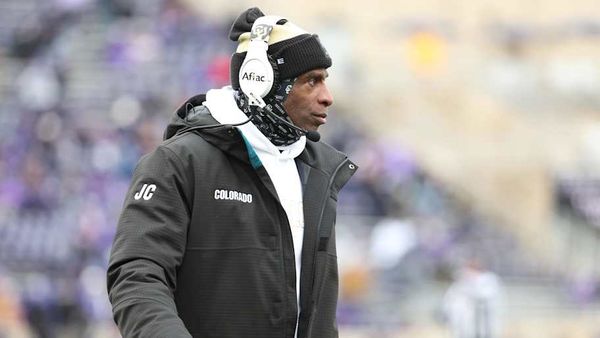
My friend Michael Waldman, who has died aged 83, was a palaeontologist and an inspiring teacher of geology. He discovered one of the most productive and important fossil sites in Scotland, and named several new species of extinct animals.
Mike discovered the fossil site in 1971, during a Duke of Edinburgh school trip that he was co-leading to Skye. There, near the village of Elgol, he found the first mammal fossil from the time of dinosaurs in Scotland, named Borealestes serendipitus, “the northern rogue found by serendipity”. On subsequent trips, he and colleagues discovered fossil skeletons of fish, salamanders, lizards, turtles and mammals from the Middle Jurassic, some of the most complete examples of their kind in the world.
With fellow palaeontologists he published several papers in the 1990s on the reptile and amphibian fossils. In 2009, one of the first vertebrate fossils to be named using Scottish Gaelic, Eileanchelys waldmani, meaning “Waldman’s island turtle”, was given in his honour.
Mike was born in south-west London, to Rose (nee Pushkin), a secretary, and Max Waldman, who was in banking. Max died when Mike was eight years old.
After attending Haberdashers’ Aske’s school in north London, Mike studied geology and zoology at the University of Bristol, graduating in 1963. He married Hazel Mills, a primary school teacher, in 1965, the day before setting sail for Australia to do a PhD at Monash University, Melbourne. His dissertation was on Cretaceous fish fossils from Koonwarra, Victoria, and he named several new genera and species.
The couple then moved to Canada, where Mike studied fossils from the Canadian Badlands as a fellow at a museum in Ottawa.
In 1970 they returned to Britain, and Mike worked briefly as a research assistant at Bristol University before becoming a geology teacher at Stowe school in Buckinghamshire.
He was very popular there, renowned for his enormous rock collection and known affectionately as “Doc Pot”. His contagious enthusiasm led many to pursue careers in geology, and he continued to receive postcards of rock formations and volcanoes from former pupils for years.
He retired from teaching in 2002, but continued to support young academics. I met him in 2016 during my PhD at National Museums Scotland, when I was working on his mammal fossils from Skye. His Scottish discoveries sparked decades of research that continues to this day.
He is survived by Hazel, his children, Penny, Amanda and Ben, and grandchildren, Phoebe, Isaac, Henry and Gracie.







